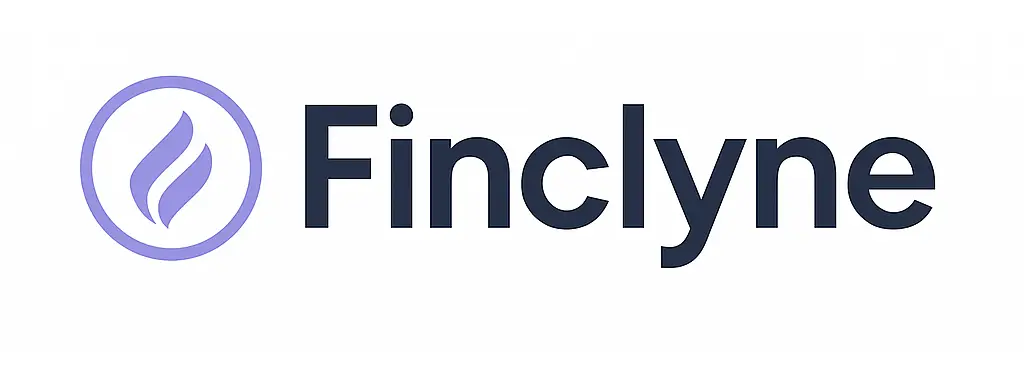## Tariff Tango: Decoding the 245% China Levy and its Market Ripple Effects
The recent imposition of a hefty 245% tariff on certain Chinese goods has sent ripples of confusion through global markets, leaving many young investors scratching their heads. While headlines scream about trade wars and economic fallout, understanding the nuances of this specific tariff is crucial for navigating the current financial landscape. This isn’t just another dry economic policy; it directly impacts industries, businesses, and ultimately, the products we consume.
This particular tariff targets specific types of steel products, primarily corrosion-resistant steel and cold-rolled steel. These materials are essential building blocks for a wide range of industries, from automotive manufacturing and infrastructure projects to the production of appliances and even everyday household goods. The rationale behind the tariff is to protect domestic steel producers from what is perceived as unfair competition from subsidized Chinese imports, allowing them to compete on a more level playing field. The argument goes that by making these imports significantly more expensive, domestic producers will become more competitive, boosting local economies and creating jobs.
However, the reality is far more complex. The immediate impact of the tariff is a significant price hike for those steel products. This increase will likely trickle down the supply chain, affecting manufacturers who rely on these materials and potentially leading to higher prices for consumers. Furthermore, the interconnectedness of the global economy means that retaliatory tariffs from China are a real possibility, impacting other industries and further complicating the trade landscape. While proponents of the tariff argue for long-term benefits like increased domestic production and job growth, critics warn of potential negative consequences such as inflation, reduced consumer spending, and ultimately, a slowdown in economic growth. The situation is dynamic and the long-term effects remain to be seen. Keeping up-to-date with developments and understanding the different perspectives is key for young investors seeking to make informed decisions in this evolving market.





